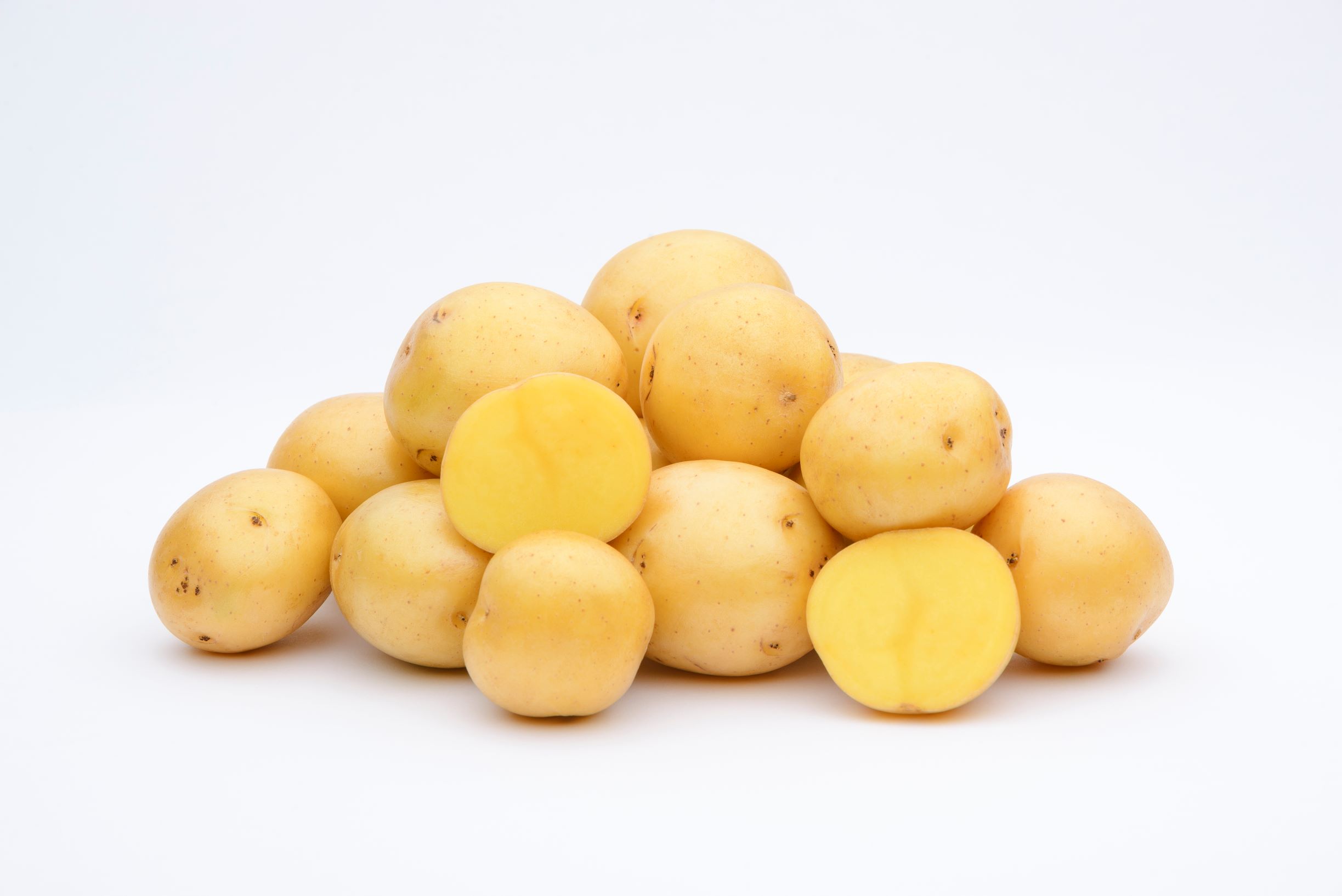

Articles
How To Store Yellow Potatoes
Modified: March 2, 2024
Learn the best methods for storing yellow potatoes with our informative articles. Keep your potatoes fresh and delicious for longer.
(Many of the links in this article redirect to a specific reviewed product. Your purchase of these products through affiliate links helps to generate commission for Storables.com, at no extra cost. Learn more)
Introduction
Yellow potatoes are a versatile and nutritious staple in many households. Their creamy texture and mild flavor make them perfect for a variety of dishes, from mashed potatoes to roasted vegetables. If you’ve found yourself with an abundance of these delicious spuds and want to make sure they stay fresh for as long as possible, storing them properly is key. In this article, we’ll explore the best methods for storing yellow potatoes to maintain their quality and extend their shelf life.
When it comes to choosing yellow potatoes for storage, it’s important to select ones that are fresh and free from any signs of decay or damage. Look for potatoes that are firm, with smooth skins and no sprouting or green patches. Additionally, avoid potatoes with any soft spots or bruises, as these can indicate spoilage.
Once you have your fresh yellow potatoes, it’s time to prepare them for storage. Start by gently brushing off any dirt or debris using a soft brush or your hands. Avoid washing the potatoes at this stage, as excess moisture can promote rotting. Next, inspect the potatoes again and remove any that show signs of deterioration. It’s essential to store only the highest quality potatoes to ensure a longer shelf life.
Now that your yellow potatoes are clean and sorted, let’s explore the optimal storage conditions for keeping them fresh. Yellow potatoes are best stored in cool, dark, and well-ventilated environments. Ideally, the temperature should be around 45-50 degrees Fahrenheit (7-10 degrees Celsius) with a humidity level of around 85-90%. Maintaining these conditions will help prevent sprouting, moisture build-up, and premature spoilage.
If you have a cellar or basement, they can be an excellent storage option for yellow potatoes. These underground spaces often provide the perfect cool and dark environment needed to keep potatoes fresh. Ensure that the area is well-ventilated, free from any extreme temperature fluctuations, and away from any ethylene-producing fruits, as ethylene can accelerate potato sprouting.
Another option for storing yellow potatoes is a pantry or cupboard. Choose a cool and dark spot in your kitchen away from direct sunlight, heat sources, and moisture. Make sure the potatoes are stored in a breathable container, such as a mesh bag or a wooden crate, to allow for proper air circulation.
If your kitchen is lacking in cool, dark spaces, the refrigerator can be a viable option for short-term storage. However, keep in mind that the lower temperature of the fridge may lead to a change in texture and flavor of the potatoes over time. To store yellow potatoes in the refrigerator, place them in a paper bag or perforated plastic bag to maintain airflow and prevent moisture build-up.
For long-term storage, freezing yellow potatoes is an option. It’s important to note that freezing can alter the texture of potatoes, making them less suitable for certain dishes, such as mashed potatoes. To freeze yellow potatoes, start by boiling them until they are partially cooked. Once cooled, cut them into desired shapes and blanch them in boiling water for a few minutes. Drain and pat dry before placing them in airtight containers or freezer bags. Label the containers with the date and use within 6-8 months for the best quality.
To further extend the shelf life of your stored yellow potatoes, consider these additional tips:
- Avoid storing potatoes near other fruits or vegetables that produce ethylene gas, as it can accelerate sprouting.
- Regularly check your stored potatoes for any signs of decay or spoilage and remove them promptly.
- Keep an eye out for sprouting potatoes and use them earlier to prevent further sprouting.
- Avoid exposing potatoes to direct sunlight, heat, or excess moisture, as these conditions can cause spoilage.
Now that you’re armed with the knowledge of how to store yellow potatoes, you can confidently enjoy their deliciousness long after they’ve been harvested. Whether you choose to store them in a cellar, pantry, fridge, or freezer, proper storage will help preserve their flavor and texture. So go ahead and stock up on these versatile spuds, knowing you have the know-how to keep them fresh for all your culinary adventures!
Key Takeaways:
- Properly preparing and storing yellow potatoes in cool, dark, and well-ventilated environments is essential to maintain their freshness and extend their shelf life. Avoid exposure to light, heat, and ethylene-producing fruits for optimal storage conditions.
- Freezing yellow potatoes is an option for long-term storage, but it may alter their texture. Choose the right storage variety, handle with care, and regularly inspect for spoilage to maximize the shelf life of stored yellow potatoes.
Read more: How To Store Potatoes
Choosing the right yellow potatoes
When it comes to storing yellow potatoes, selecting the right ones is crucial to ensuring optimal shelf life and flavor. Here are some factors to consider when choosing the right yellow potatoes for storage:
- Freshness: Look for yellow potatoes that are fresh and recently harvested. Fresh potatoes will have firm flesh and smooth skin. Avoid potatoes that are soft or have any signs of shriveling or sprouting.
- Damage: Examine the potatoes for any signs of damage, such as cuts, bruises, or black spots. Damaged potatoes are prone to spoilage and should be avoided for long-term storage.
- Size and Shape: Choose yellow potatoes that are relatively uniform in size and shape. This ensures even cooking and helps them store better without space wastage.
- Storage Variety: Some potato varieties are known for their excellent storage capabilities. Varieties like Yukon Gold, Kennebec, and Yellow Finn are popular choices for storing yellow potatoes due to their low moisture content and longer shelf life.
- Organic or Conventional: Consider whether you prefer to store organic or conventional yellow potatoes. Organic potatoes are grown without the use of synthetic pesticides and fertilizers, while conventional potatoes may have been treated. Choose the option that aligns with your personal preferences.
Remember that the quality of the potatoes you select for storage will directly impact their shelf life and overall taste. It’s always a good idea to inspect each potato individually and discard any that show signs of spoilage or damage before storing them.
By choosing the right yellow potatoes for storage, you can ensure that you have a fresh and flavorful supply on hand whenever you need them for your culinary creations.
Preparing yellow potatoes for storage
Properly preparing yellow potatoes for storage is an essential step in maintaining their freshness and extending their shelf life. Here are the key steps to take when preparing yellow potatoes for storage:
- Cleaning: Before storing yellow potatoes, it’s important to clean off any dirt or debris that may be on the skin. Gently brush off the dirt using a soft brush or your hands. Avoid washing the potatoes at this stage, as excess moisture can lead to rotting. Cleaning them will help prevent any unwanted mold or bacteria from spreading while in storage.
- Inspection: After cleaning, carefully inspect each yellow potato for any signs of spoilage or damage. Remove any potatoes with soft spots, cuts, or bruises. These damaged potatoes can quickly spoil and affect the quality of the other stored potatoes.
- Drying: Once the potatoes are cleaned and inspected, allow them to dry thoroughly before storing. Lay them out in a single layer on a clean towel or rack and let them air-dry for a couple of hours. This step helps to remove excess moisture on the surface, reducing the risk of rotting.
- Curing: Curing is an optional step but can further extend the storage life of yellow potatoes. Curing involves keeping the cleaned and dried potatoes in a cool, dry, and well-ventilated area for about a week before storing them. This process allows the potatoes’ skins to toughen and heal any minor injuries, creating a protective barrier against rot and disease during storage. If you choose to cure your yellow potatoes, make sure to monitor them closely for any signs of spoilage during this time.
Once you have completed these steps, your yellow potatoes are ready for storage. Remember to handle them gently to avoid any additional bruising or damage. Properly preparing your yellow potatoes for storage will help maintain their quality and ensure they stay fresh and delicious for an extended period of time.
Optimal storage conditions for yellow potatoes
The key to preserving the quality and extending the shelf life of yellow potatoes lies in creating optimal storage conditions. Here are the essential factors to consider when storing yellow potatoes:
- Temperature: Yellow potatoes should be stored at a cool temperature to slow down the natural aging process and prevent sprouting. The ideal temperature for storing yellow potatoes is around 45-50 degrees Fahrenheit (7-10 degrees Celsius). It’s important to avoid temperatures below 40 degrees Fahrenheit (4 degrees Celsius) as it can lead to the conversion of starches into sugars, affecting the taste and texture of the potatoes.
- Light: Protect yellow potatoes from exposure to light, especially direct sunlight. Light exposure can cause potatoes to develop a green color due to the production of chlorophyll, indicating the presence of a toxic compound called solanine. To prevent greening, store yellow potatoes in a dark place such as a cellar, pantry, or cupboard.
- Airflow: Proper ventilation is crucial for storing yellow potatoes. Good air circulation helps prevent moisture build-up and the growth of mold or bacteria. Choose storage containers, such as mesh bags or wooden crates, that allow for adequate airflow around the potatoes. Avoid using plastic bags or airtight containers as they can trap moisture and lead to spoilage.
- Humidity: Yellow potatoes require a moderately high humidity level of around 85-90% to prevent them from drying out. However, excessive humidity can lead to rotting. Find a balance by storing potatoes in a cool and well-ventilated area with just enough humidity to maintain their moisture content without creating a damp environment.
- Ethylene: Keep yellow potatoes away from ethylene-producing fruits like apples, bananas, and tomatoes. Ethylene is a natural plant hormone that can accelerate potato sprouting. Storing potatoes separately from ethylene-producing fruits will help extend their shelf life.
By creating the optimal storage conditions for yellow potatoes – including the right temperature, protection from light, proper airflow, and humidity control – you can ensure their freshness and extend their storage life. Following these guidelines will help you enjoy delicious yellow potatoes in your recipes for a longer period of time.
Storing yellow potatoes in a cellar or basement
A cellar or basement can provide an ideal storage environment for yellow potatoes, as they naturally offer cooler temperatures and darkness. Here are some steps to follow when storing yellow potatoes in a cellar or basement:
- Clean and prepare: Before storing yellow potatoes, make sure they are clean and free from any dirt or debris. Gently brush off the dirt using a soft brush or your hands. Avoid washing the potatoes, as excess moisture can lead to rotting.
- Inspect for quality: Carefully examine each potato and remove any that show signs of rotting, damage, or sprouting. It’s important to store only the highest quality potatoes to ensure a longer shelf life.
- Choose the right containers: Select breathable containers like mesh bags or wooden crates for storing yellow potatoes in the cellar or basement. These containers allow for proper airflow, reducing the risk of moisture build-up and rot.
- Storage arrangement: Place the prepared yellow potatoes in the chosen containers, ensuring they are in a single layer to allow air circulation. Avoid overcrowding the containers, as this can lead to bruising and spoilage.
- Temperature and humidity: The temperature in a cellar or basement is typically cooler and more stable compared to other areas of the house. Aim for a storage temperature of around 45-50 degrees Fahrenheit (7-10 degrees Celsius) to slow down the natural aging process. Additionally, the humidity level should be around 85-90%, but not excessively damp, to maintain the potatoes’ moisture content.
- Check regularly: Regularly inspect the stored potatoes for any signs of spoilage. Remove any potatoes that show decay, sprouting, or softening promptly to prevent the spread of rot to the other potatoes.
- Avoid ethylene exposure: Be mindful of storing yellow potatoes separately from ethylene-producing fruits, as these can accelerate sprouting. Keep potatoes away from apples, bananas, tomatoes, and other fruits known to produce ethylene.
Storing yellow potatoes in a cellar or basement provides the cool and dark conditions necessary to maintain their freshness and extend their shelf life. Ensure proper cleaning and preparation, choose the right containers, monitor the temperature and humidity, and regularly check for any signs of spoilage. By following these guidelines, you can enjoy a supply of delicious yellow potatoes from your cellar or basement for an extended period of time.
Store yellow potatoes in a cool, dark place with good ventilation, such as a pantry or cellar. Keep them away from onions and store them in a paper bag or cardboard box to prevent moisture buildup. Check for any sprouting or soft spots regularly and remove any spoiled potatoes to prevent them from spoiling the rest.
Storing yellow potatoes in a pantry or cupboard
If you don’t have access to a cellar or basement, storing yellow potatoes in a pantry or cupboard can be a viable option. While the conditions may not be as cool and dark as a cellar, with proper care, you can still extend the shelf life of your potatoes. Here’s how to store yellow potatoes in a pantry or cupboard:
- Choose a suitable spot: Select a cool and dark area in your pantry or cupboard to store yellow potatoes. Avoid places that are exposed to direct sunlight, heat sources, or excess moisture, as these conditions can cause spoilage.
- Clean and prepare: Clean your yellow potatoes by gently brushing off any dirt or debris using a soft brush or your hands. Avoid washing the potatoes, as excess moisture can promote rotting. Inspect each potato for any signs of spoilage, removing any that show decay or damage.
- Storage containers: Opt for breathable storage containers, such as mesh bags or wooden crates, to allow for proper air circulation. Avoid using airtight containers or plastic bags, as they can trap moisture and lead to the growth of mold or bacteria.
- Storage arrangement: Place the prepared yellow potatoes in the chosen containers, making sure they are in a single layer. This will allow for adequate airflow, reducing the risk of moisture build-up and rot.
- Temperature and humidity: While it may not be as cool as a cellar, aim for a storage temperature between 45-50 degrees Fahrenheit (7-10 degrees Celsius) in your pantry or cupboard. Maintain a humidity level of around 85-90% to prevent the potatoes from drying out.
- Check regularly: Regularly inspect the stored potatoes for any signs of spoilage. Remove any potatoes that show decay or sprouting promptly to prevent the spread of rot to the other potatoes.
- Avoid ethylene exposure: Be cautious about storing yellow potatoes near ethylene-producing fruits, as ethylene can accelerate sprouting. Keep them separate from apples, bananas, tomatoes, and other ethylene-producing fruits to extend their storage life.
By choosing a suitable spot, properly preparing the potatoes, using breathable containers, maintaining the right temperature and humidity, and regularly checking for spoilage, you can successfully store yellow potatoes in a pantry or cupboard. These storage practices will help preserve the freshness of your potatoes and ensure they are ready to be used in your favorite recipes whenever you need them.
Storing yellow potatoes in a refrigerator
While refrigeration is not the optimal storage method for yellow potatoes, it can still be an option for short-term storage when necessary. The lower temperature of the fridge can help slow down the natural aging process of the potatoes. Follow these guidelines to store yellow potatoes in a refrigerator:
- Prepare the potatoes: Before storing yellow potatoes in the refrigerator, ensure they are clean and free from any dirt or debris. Gently brush off the dirt using a soft brush or your hands. Avoid washing the potatoes, as excess moisture can lead to rotting.
- Inspect for quality: Carefully examine each potato and remove any that show signs of decay, damage, or sprouting. It’s important to store only the highest quality potatoes to ensure a longer shelf life.
- Choose the right storage containers: To store yellow potatoes in the refrigerator, place them in a paper bag or perforated plastic bag. These bags help maintain airflow and prevent moisture build-up, while still providing some protection from light exposure. Avoid using airtight containers, as they can trap moisture and lead to spoilage.
- Storage arrangement: Arrange the prepared yellow potatoes in a single layer in the bag or container. This allows for better air circulation and helps prevent bruising or damage to the potatoes.
- Temperature: Set the refrigerator temperature to around 40 degrees Fahrenheit (4 degrees Celsius) to slow down the natural aging process of the potatoes. Avoid storing yellow potatoes in the freezer compartment, as the extremely low temperatures can cause a change in texture and flavor.
- Monitor regularly: Regularly check the stored yellow potatoes for any signs of decay, sprouting, or softening. Remove any potatoes showing signs of spoilage promptly to prevent the spread of rot to the other potatoes.
It’s important to note that yellow potatoes stored in the refrigerator may undergo some changes in texture and flavor over time. They may become slightly sweeter and have a softer texture, which may not be suitable for certain dishes like mashed potatoes. Therefore, it is recommended to use refrigerated yellow potatoes within a few weeks for the best quality results.
Overall, while refrigeration can be an option for short-term storage of yellow potatoes, it is still advisable to consider alternative storage methods, such as a cellar or pantry, for longer shelf life and optimal freshness.
Storing yellow potatoes in a freezer
Freezing yellow potatoes is an option when you want to store them for an extended period. However, it’s important to note that freezing can alter the texture of the potatoes, making them less suitable for certain dishes like mashed potatoes. Follow these steps to store yellow potatoes in a freezer:
- Prepare the potatoes: Start by boiling the yellow potatoes until they are partially cooked. This helps retain their texture and minimizes the risk of discoloration. Once boiled, drain the potatoes and let them cool completely.
- Cut and blanch: Cut the partially cooked yellow potatoes into desired shapes, such as cubes or slices. Next, blanch the potato pieces by placing them in boiling water for a few minutes. Blanching helps preserve the color and texture while reducing the risk of enzymatic browning.
- Drain and dry: After blanching, drain the potato pieces and pat them dry using a clean kitchen towel or paper towels. Removing excess moisture is important to prevent ice crystals from forming and affecting the texture of the potatoes.
- Freeze: Lay the blanched and dried yellow potato pieces in a single layer on a baking sheet or tray lined with parchment paper. Place the tray in the freezer and allow the potatoes to freeze individually. This prevents them from sticking together and makes it easier to portion later.
- Transfer to freezer bags or containers: Once the yellow potatoes are frozen, transfer them to airtight freezer bags or containers. Label the containers with the date of freezing to keep track of their storage time.
- Storage duration: Yellow potatoes can be safely stored in the freezer for about 6-8 months. While they may remain safe to eat beyond that time, their quality may start to deteriorate.
When you’re ready to use the frozen yellow potatoes, simply remove the desired portion from the freezer and thaw them in the refrigerator for several hours or overnight. Avoid thawing them at room temperature to prevent bacterial growth. Once thawed, you can use the yellow potatoes in soups, stews, or casseroles.
Keep in mind that frozen yellow potatoes are best suited for cooked dishes rather than those that require a crispy texture, like roasted or fried potatoes. Freezing may result in a softer texture once thawed and cooked.
Storing yellow potatoes in the freezer allows you to enjoy them for an extended period, providing you with a convenient option for preserving their freshness when you have an abundance of potatoes.
Tips for extending the shelf life of yellow potatoes
To ensure that your yellow potatoes stay fresh and delicious for as long as possible, here are some helpful tips to extend their shelf life:
- Choose the right potatoes: Select fresh yellow potatoes that are free from any signs of decay, damage, or sprouting. The quality of the potatoes at the time of purchase affects their shelf life.
- Handle with care: Handle yellow potatoes gently to avoid bruising or damaging them. Rough handling can lead to bruised areas that are more susceptible to rot.
- Keep them cool: Store yellow potatoes in a cool environment with a consistent temperature of around 45-50 degrees Fahrenheit (7-10 degrees Celsius). Avoid storing them in warmer areas, as higher temperatures can promote sprouting and spoilage.
- Avoid exposure to light: Protect yellow potatoes from exposure to light, as it can trigger the production of chlorophyll and lead to greening. Store them in a dark place or cover them with a cloth or towel to prevent light exposure.
- Monitor humidity: Maintain a humidity level of around 85-90% to prevent yellow potatoes from drying out. However, be cautious to avoid excessive moisture, as it can increase the risk of rotting.
- Separate from ethylene-producing fruits: Store yellow potatoes away from ethylene-producing fruits such as apples, bananas, and tomatoes. Ethylene gas accelerates sprouting in potatoes, so keeping them apart helps extend their shelf life.
- Inspect regularly: Check stored yellow potatoes regularly for any signs of decay, damage, or sprouting. Remove any spoiled potatoes promptly to prevent the spread of rot to the remaining potatoes.
- Avoid washing before storage: It’s best to avoid washing yellow potatoes before storing them, as excess moisture can lead to faster spoilage. Instead, gently brush off any dirt or debris using a soft brush or your hands.
- Don’t store near onions or garlic: Keep yellow potatoes away from onions and garlic as these vegetables can release gases that can cause potatoes to spoil more quickly.
- Rotate your stock: When using stored yellow potatoes, always incorporate the older potatoes first and save the fresher ones for later. This helps ensure that no potatoes go to waste and you use them before they start to deteriorate.
By following these tips, you can maximize the shelf life of your yellow potatoes and enjoy their freshness for an extended period. Whether you store them in a cellar, pantry, refrigerator, or freezer, proper storage and handling practices will help you make the most of your potato supply.
Read more: How To Store Shredded Potatoes
Using stored yellow potatoes
Stored yellow potatoes can be a versatile ingredient in a variety of delicious recipes. Here are some creative ways to make the most of your stored potatoes:
- Mashed Potatoes: Whip up creamy and flavorful mashed potatoes by boiling stored yellow potatoes until tender, then mashing them with butter, milk, and seasoning of your choice. Add some roasted garlic or herbs for an extra boost of flavor.
- Roasted Potatoes: Slice or cut stored yellow potatoes into wedges or chunks and toss them with olive oil, salt, and your favorite herbs or spices. Roast them in the oven until golden and crispy for a delicious side dish or snack.
- Potato Salad: Use cooked and chilled stored yellow potatoes to make a classic potato salad. Mix them with mayonnaise, Dijon mustard, pickles, onions, and herbs for a refreshing and satisfying side dish.
- Hash Browns: Grate stored yellow potatoes and squeeze out any excess moisture. Shape the grated potatoes into patties and fry them until crispy for a delectable breakfast or brunch option.
- Potato Soup: Simmer stored yellow potatoes with onions, garlic, broth, and herbs to create a comforting and hearty potato soup. Add cream or milk for a creamy texture and garnish with bacon or herbs.
- Potato Gratin: Layer thin slices of stored yellow potatoes with cheese, cream, and herbs in a baking dish. Bake until the potatoes are tender and the top is golden and bubbly for a satisfying and indulgent potato gratin.
- Scalloped Potatoes: Thinly slice stored yellow potatoes and layer them with a creamy sauce, cheese, and seasonings in a baking dish. Bake until the potatoes are tender and the top is browned and crispy for a comforting side dish.
- Potato Pancakes: Mix grated stored yellow potatoes with eggs, flour, onion, and seasoning to make crispy and savory potato pancakes. Serve them with sour cream or applesauce for a delightful meal.
- Stuffed Potatoes: Bake stored yellow potatoes until tender, then scoop out the flesh and mix it with cheese, bacon, sour cream, and herbs. Stuff the mixture back into the potato shells and bake until heated through for a flavorful and satisfying dish.
- Potato Wedges: Cut stored yellow potatoes into wedges and toss them with spices and olive oil. Bake until crispy and serve as a tasty appetizer or side dish with your favorite dipping sauce.
With stored yellow potatoes, the possibilities are virtually endless. From classic mashed potatoes to crispy roasted potatoes or comforting soups, you can enjoy the versatile and delicious flavors that yellow potatoes have to offer.
Remember to always check your stored potatoes for any signs of spoilage before using them in recipes. Utilize your creativity in the kitchen and experiment with different culinary ideas to make the most of your stored yellow potatoes.
Frequently Asked Questions about How To Store Yellow Potatoes
Was this page helpful?
At Storables.com, we guarantee accurate and reliable information. Our content, validated by Expert Board Contributors, is crafted following stringent Editorial Policies. We're committed to providing you with well-researched, expert-backed insights for all your informational needs.
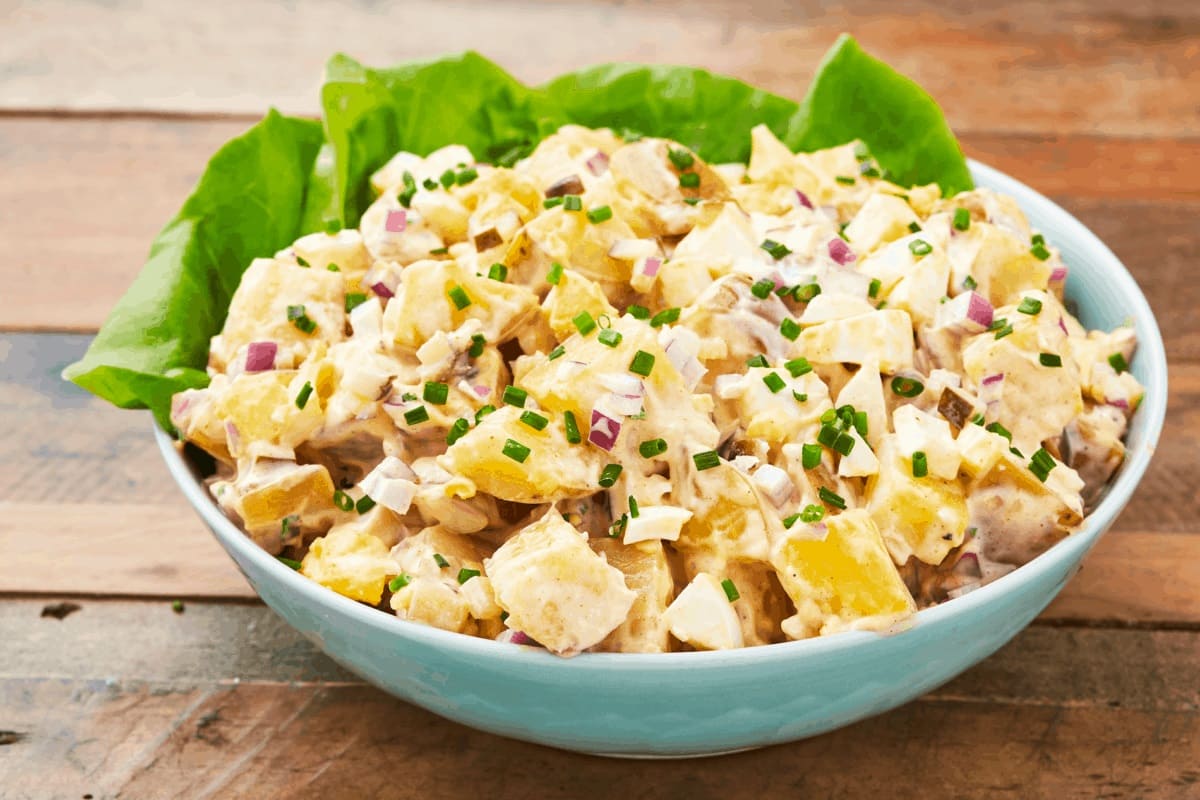
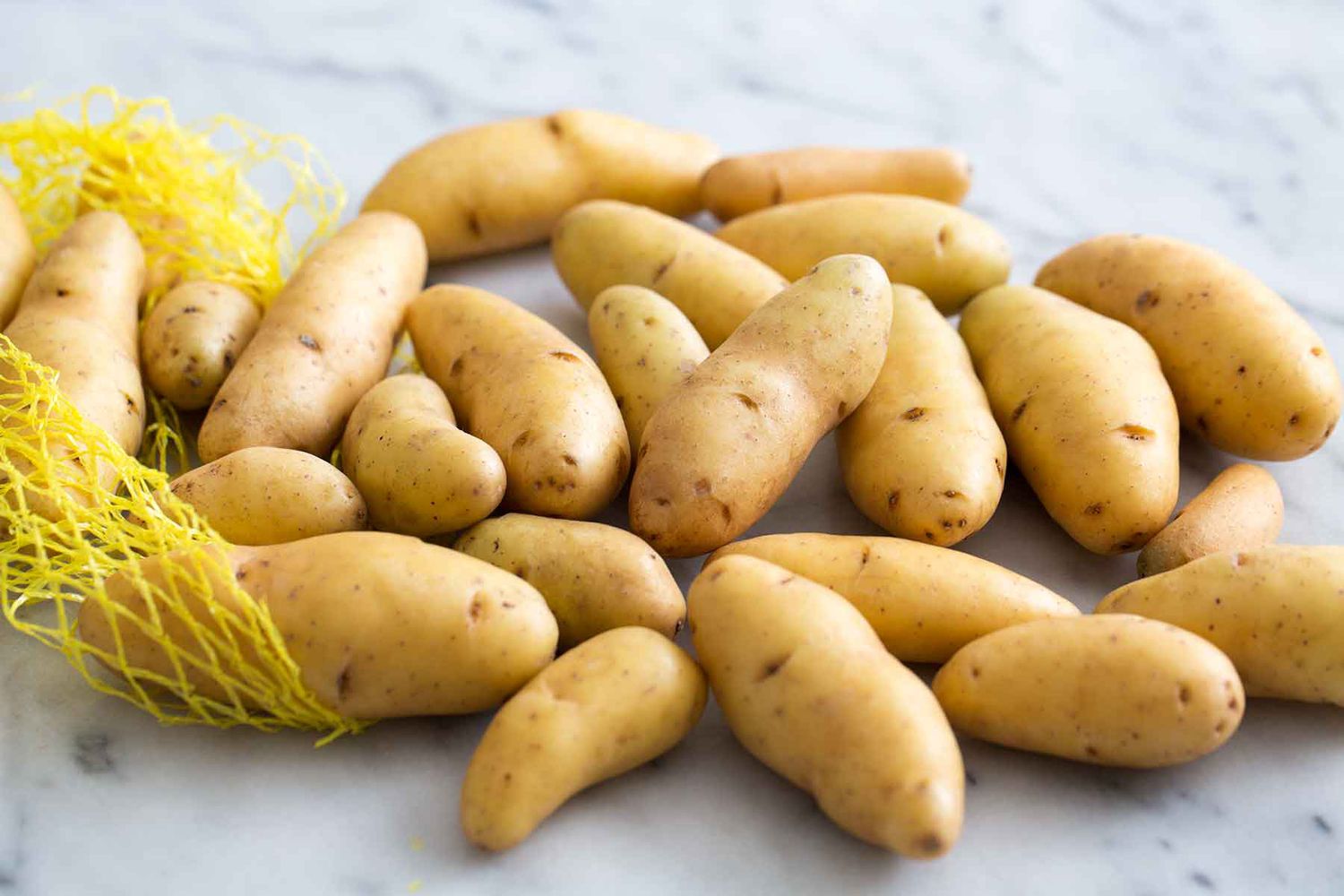
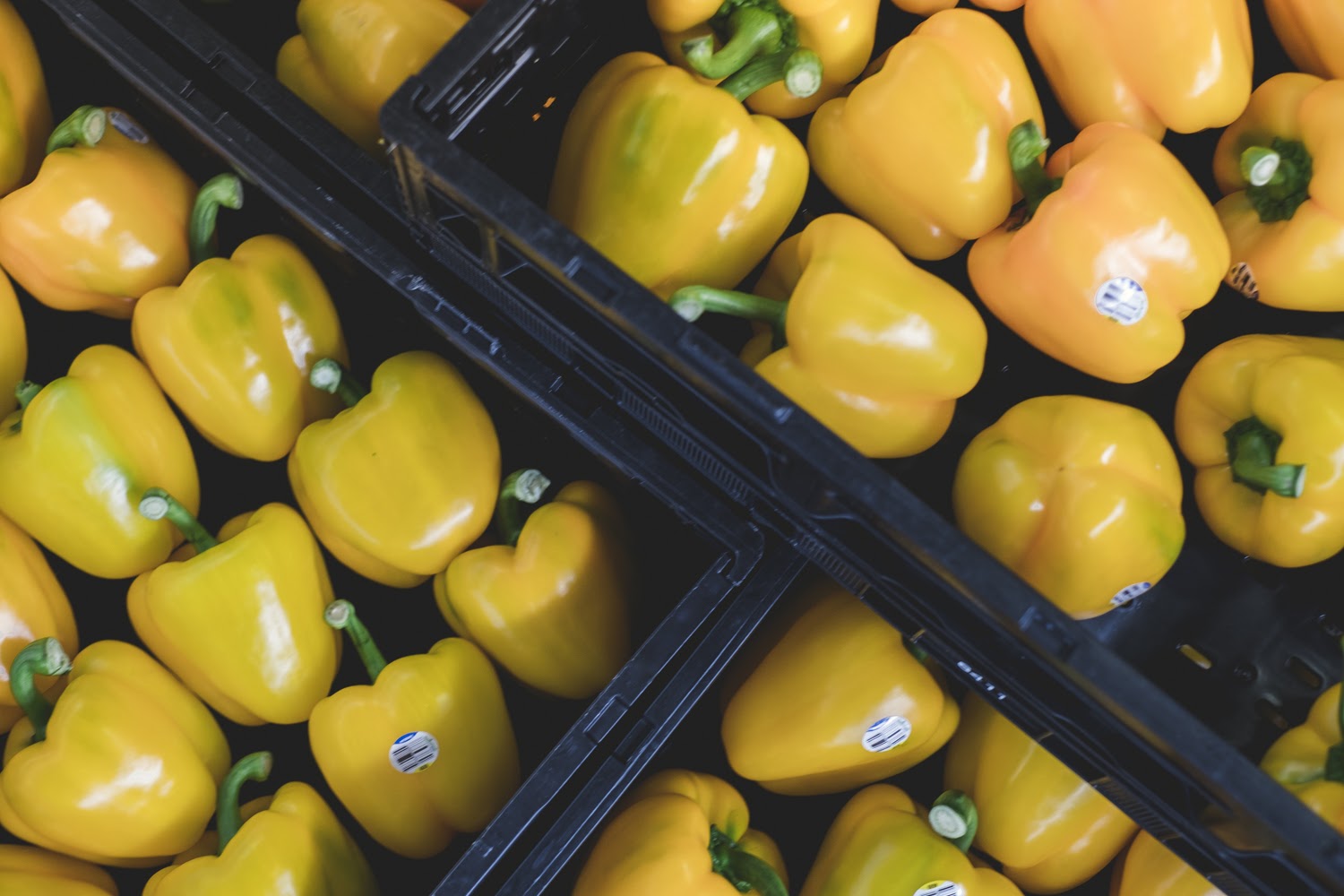
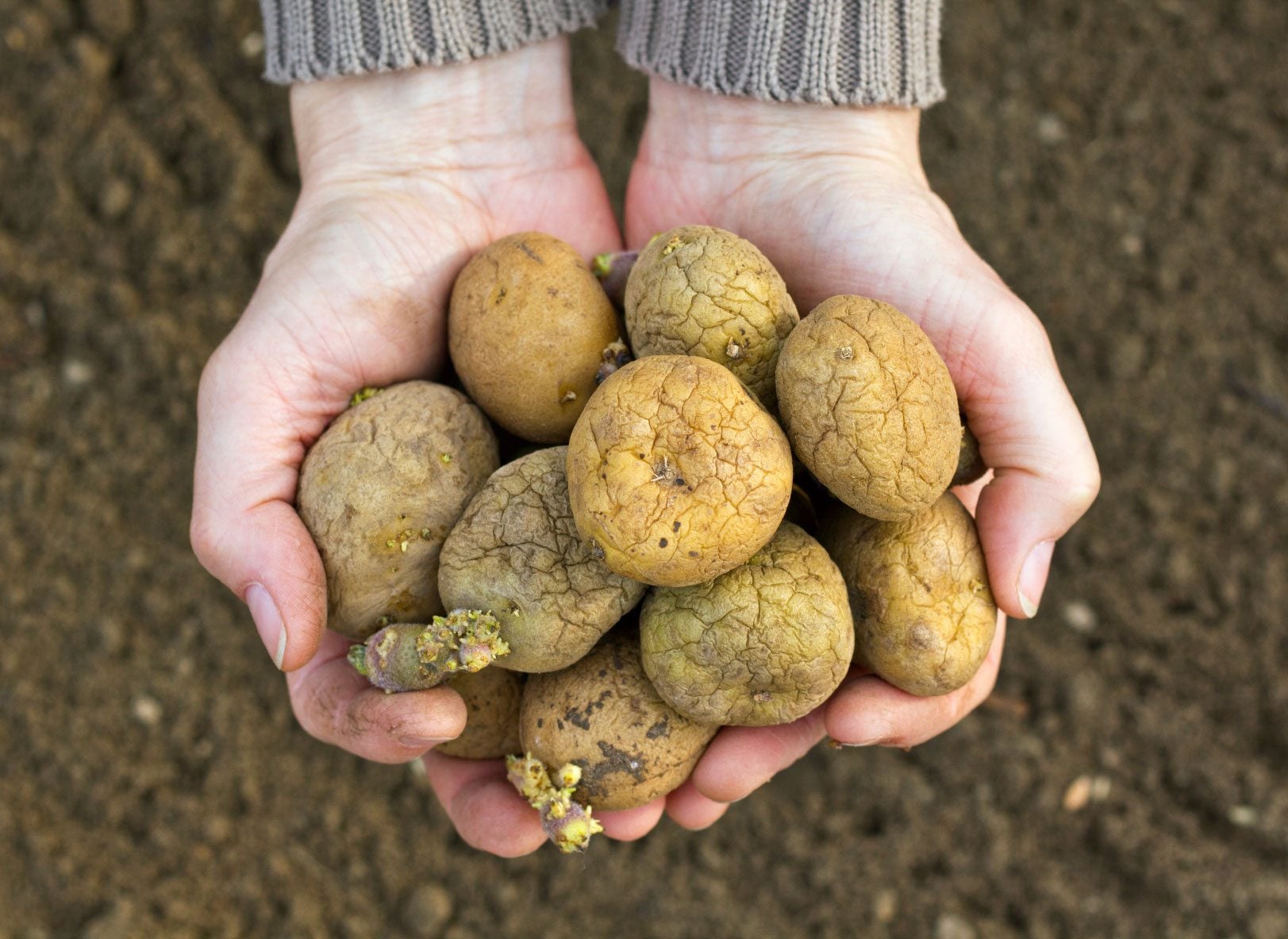
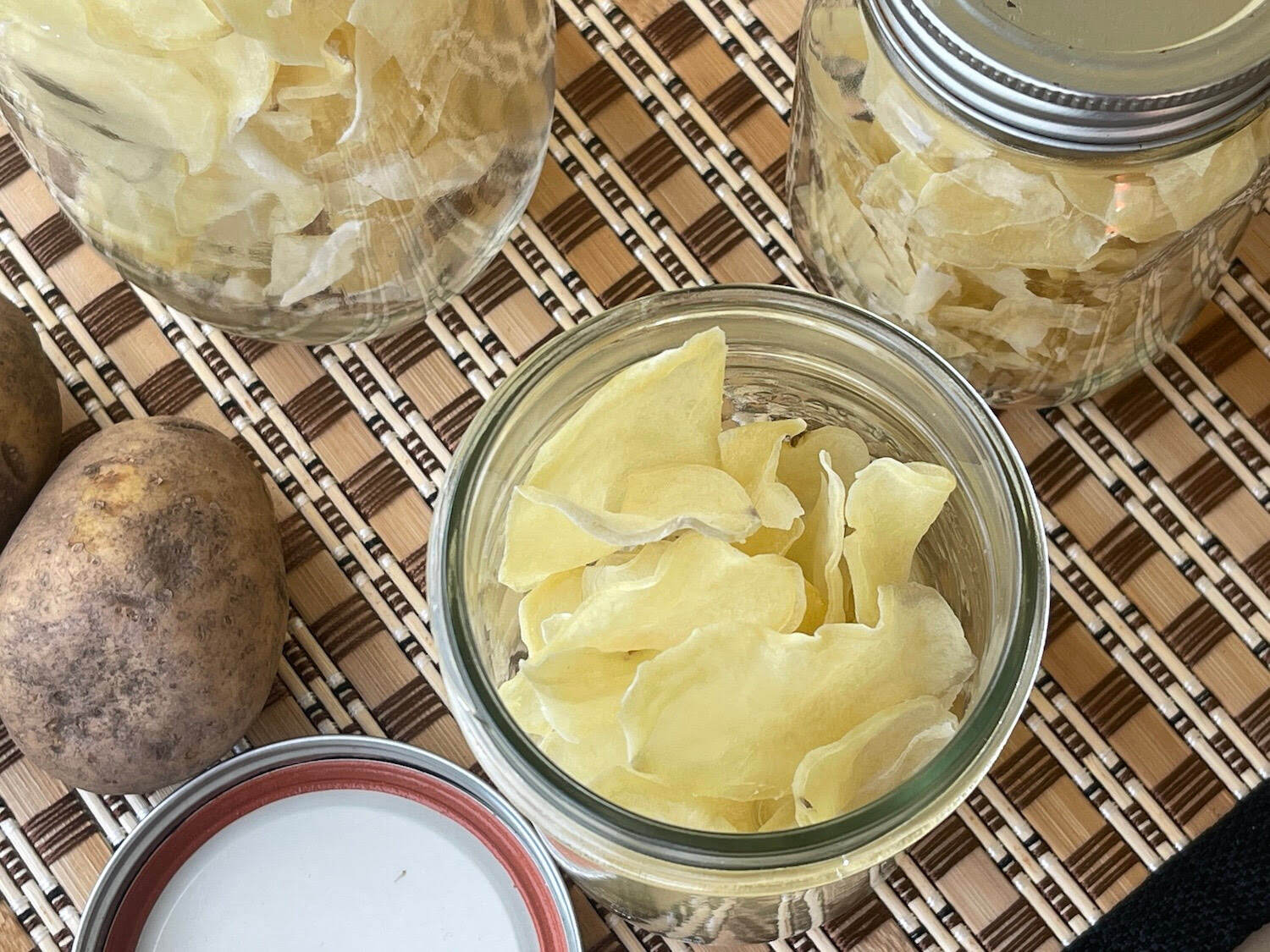
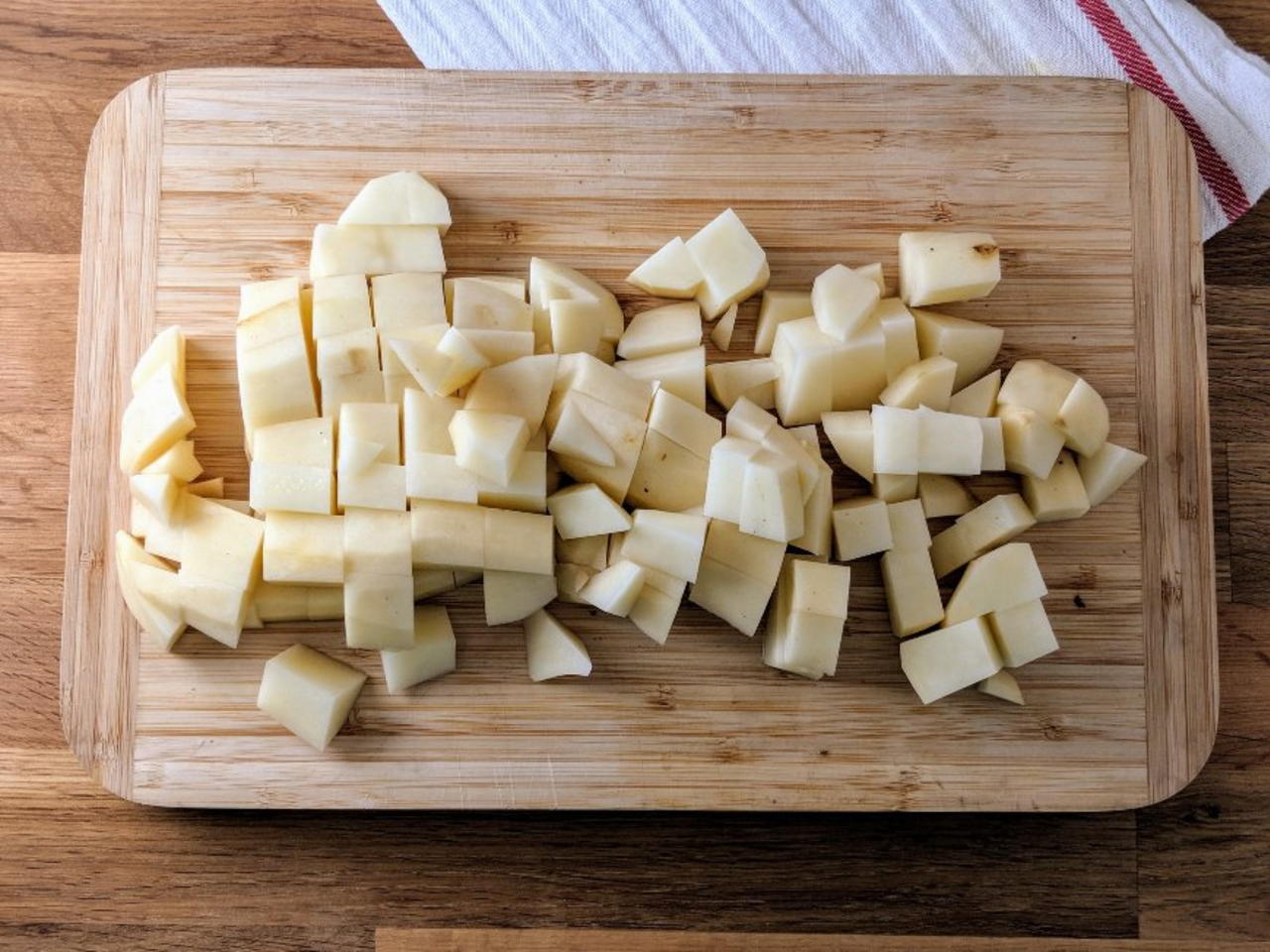
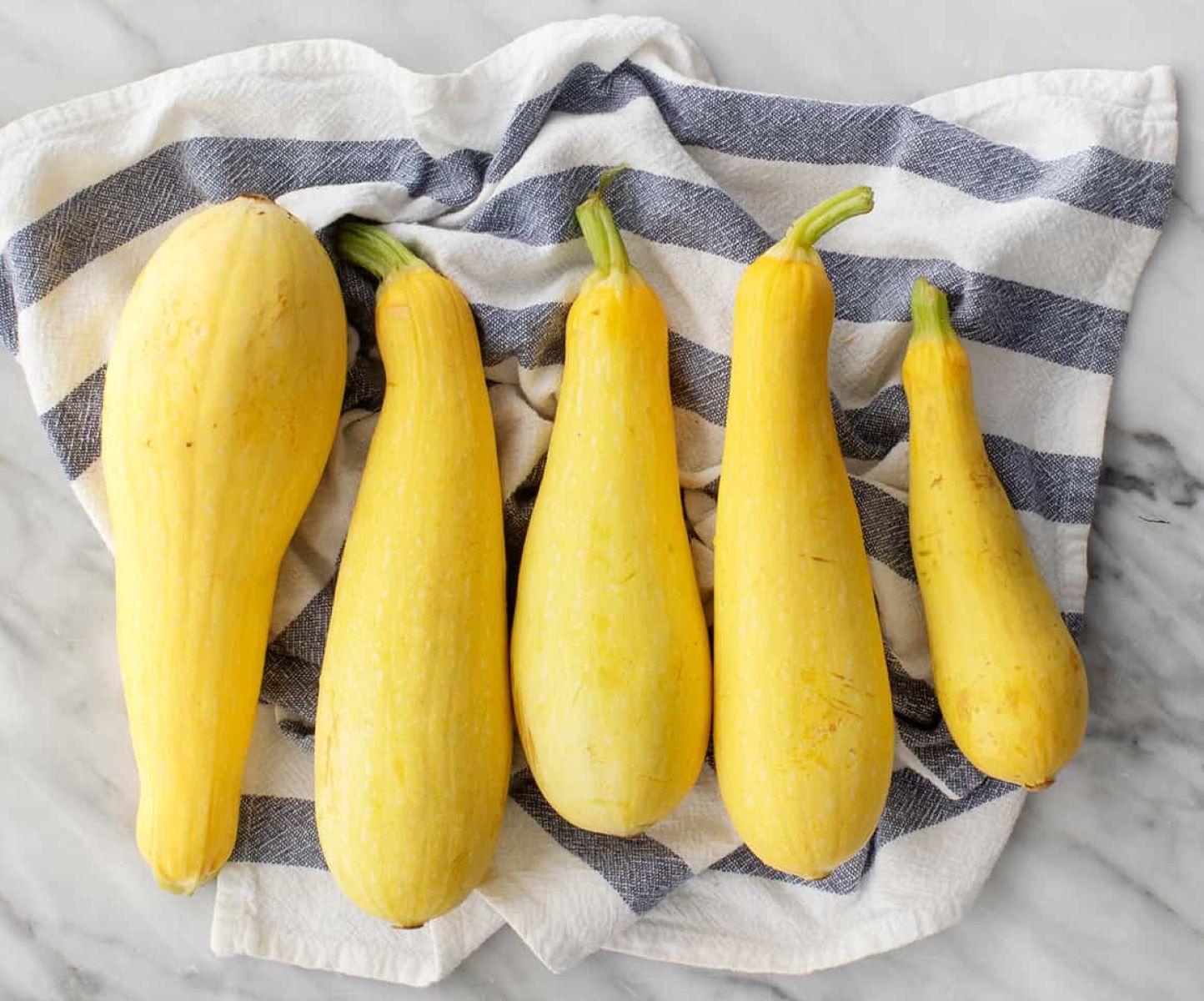
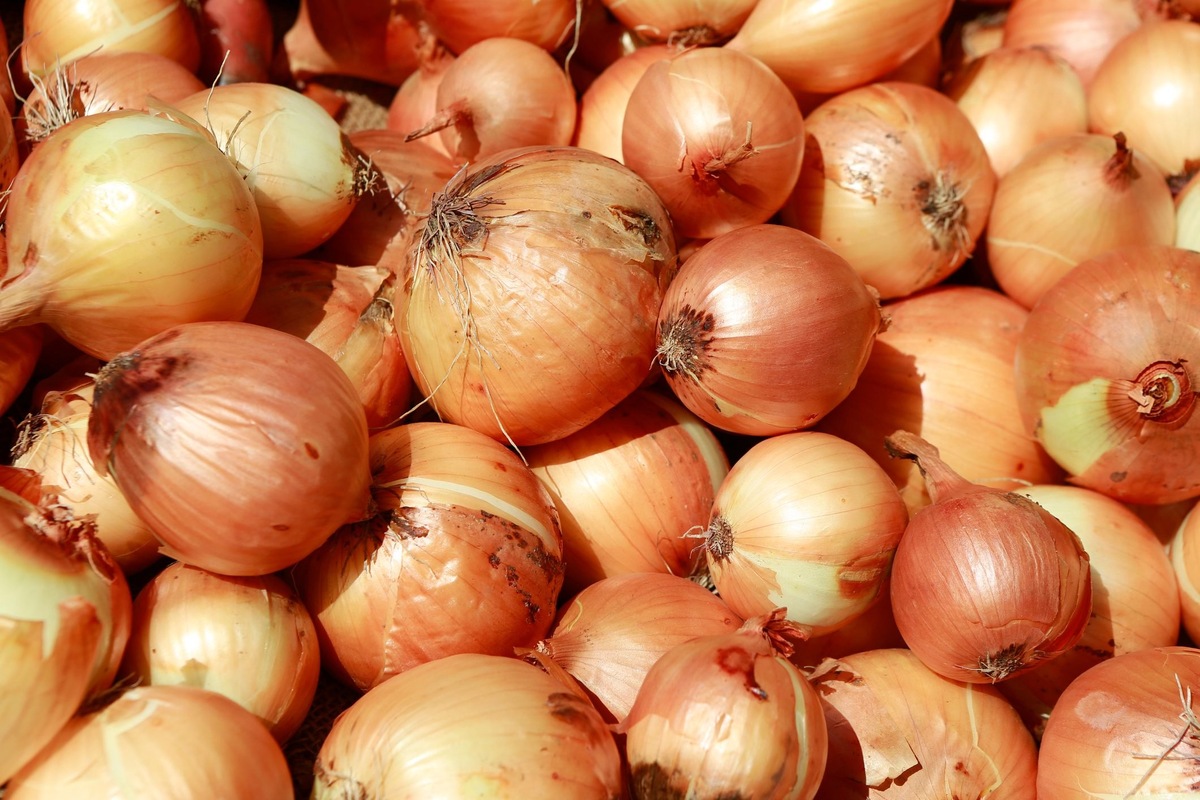
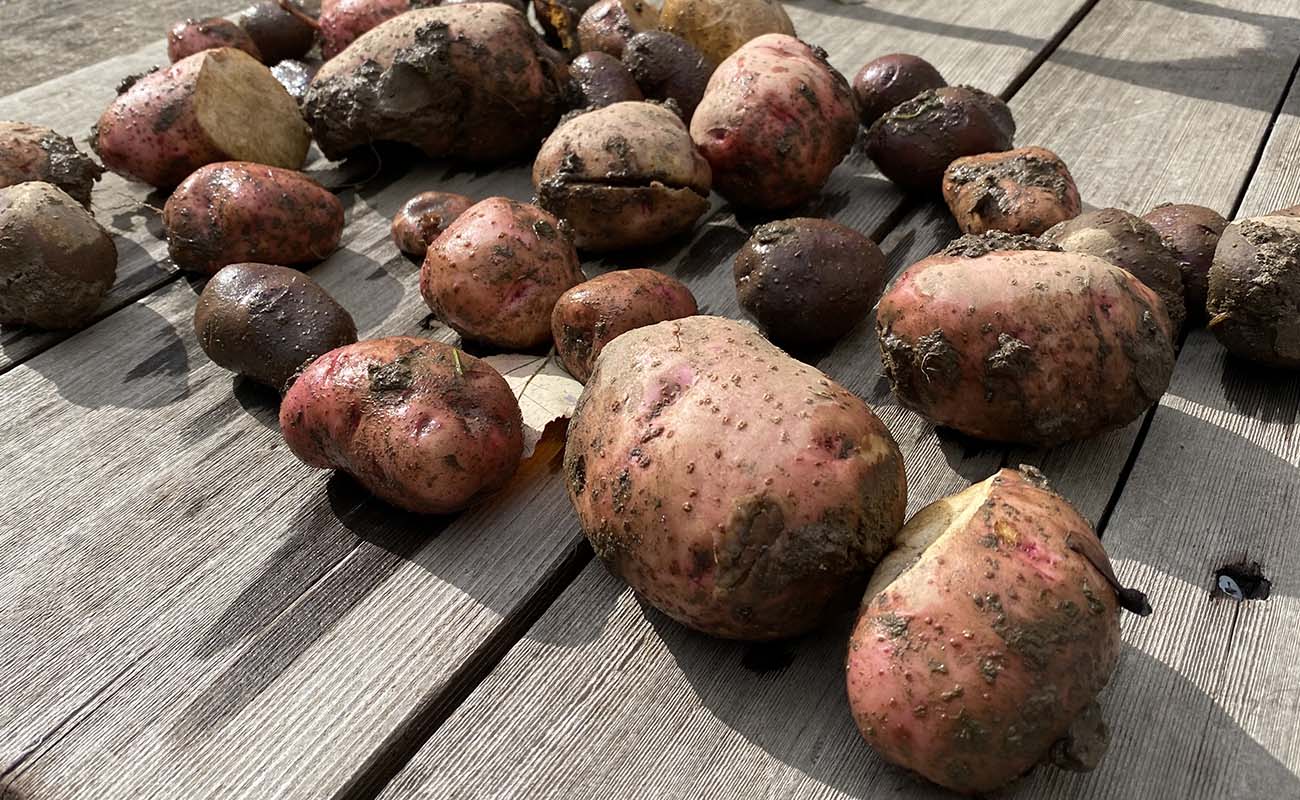
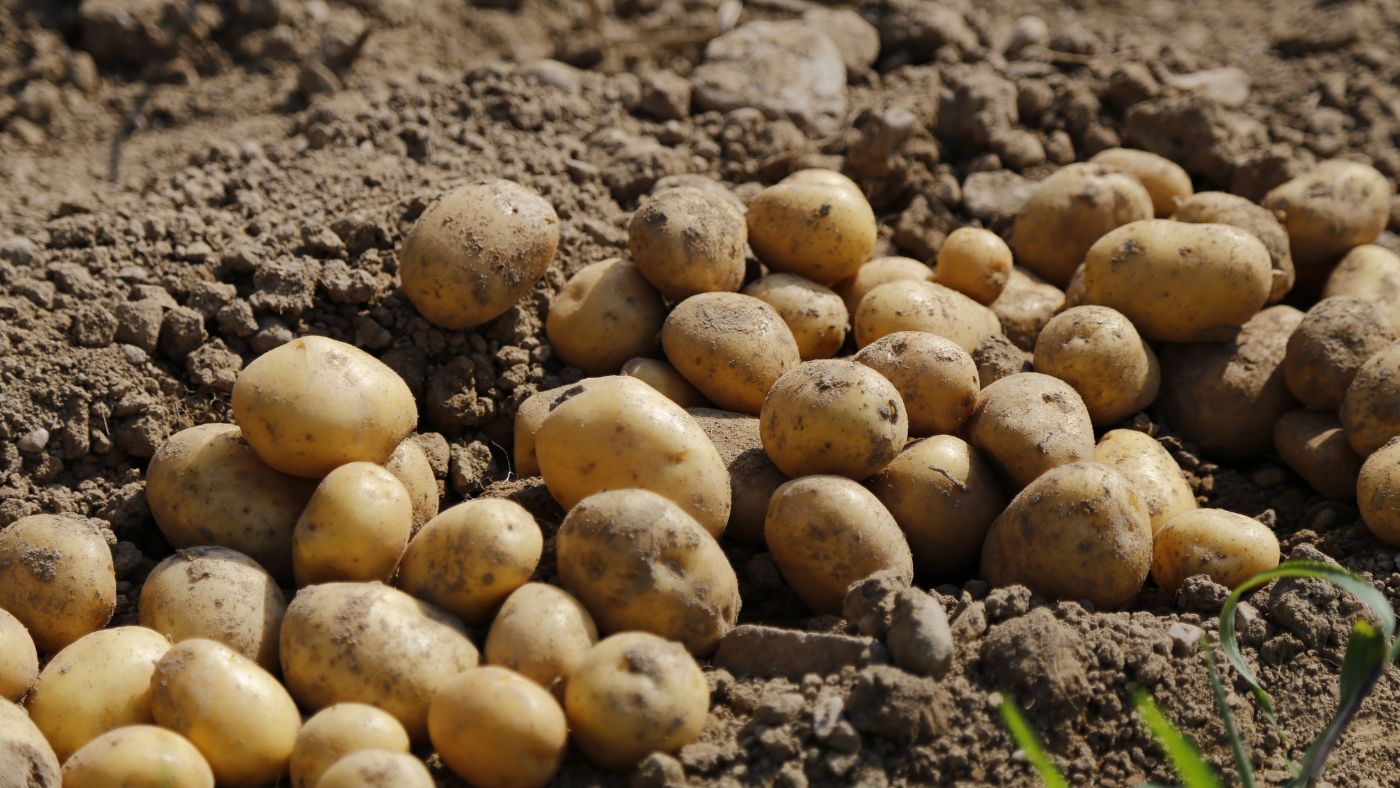
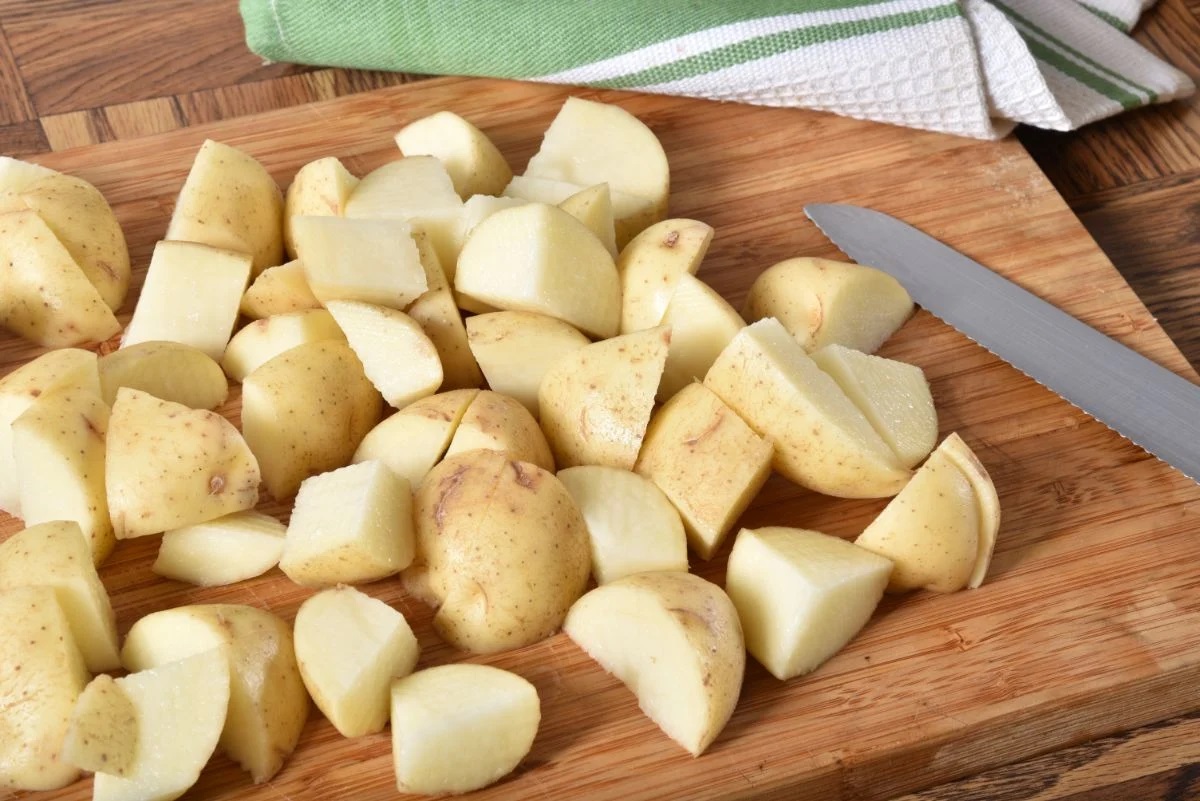

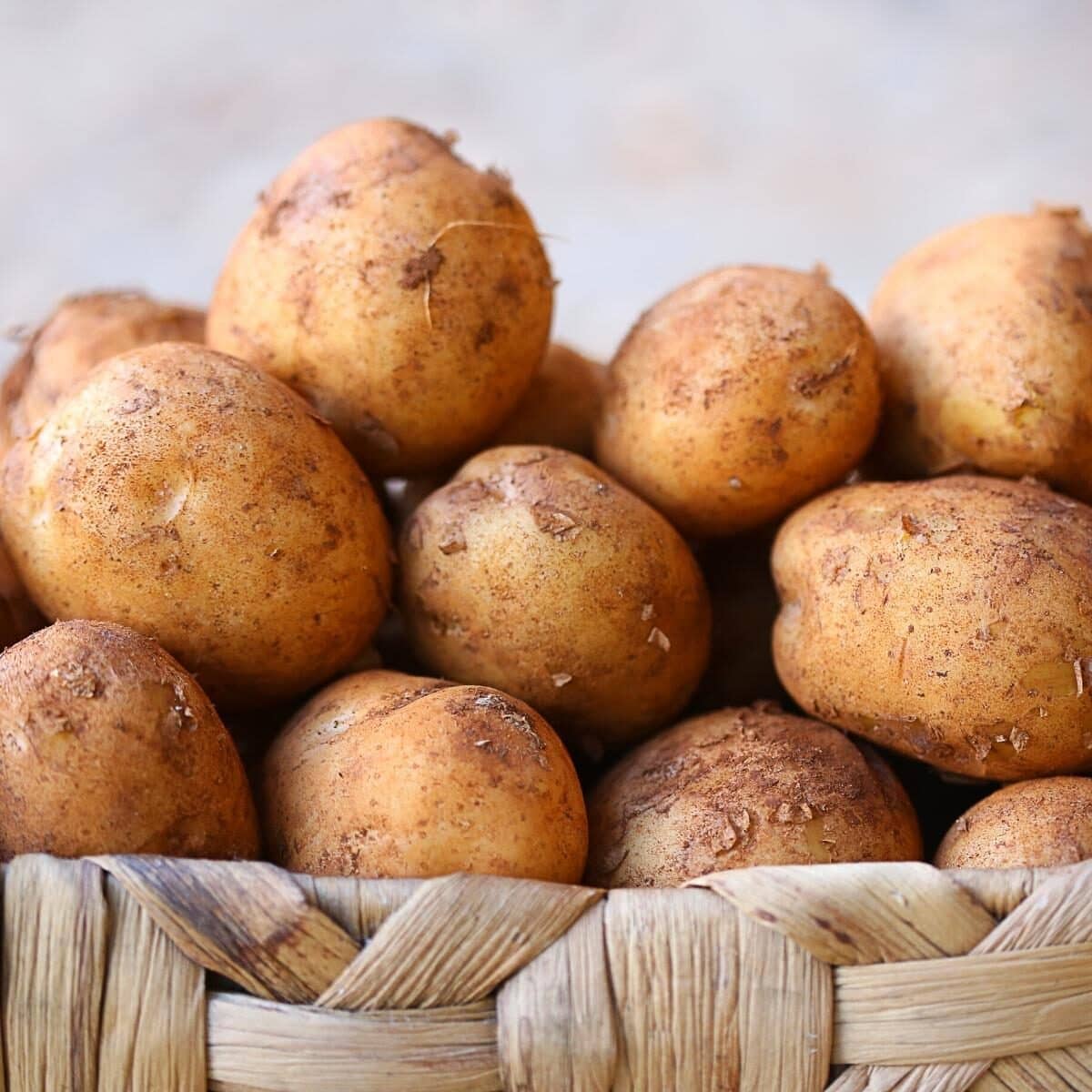

0 thoughts on “How To Store Yellow Potatoes”